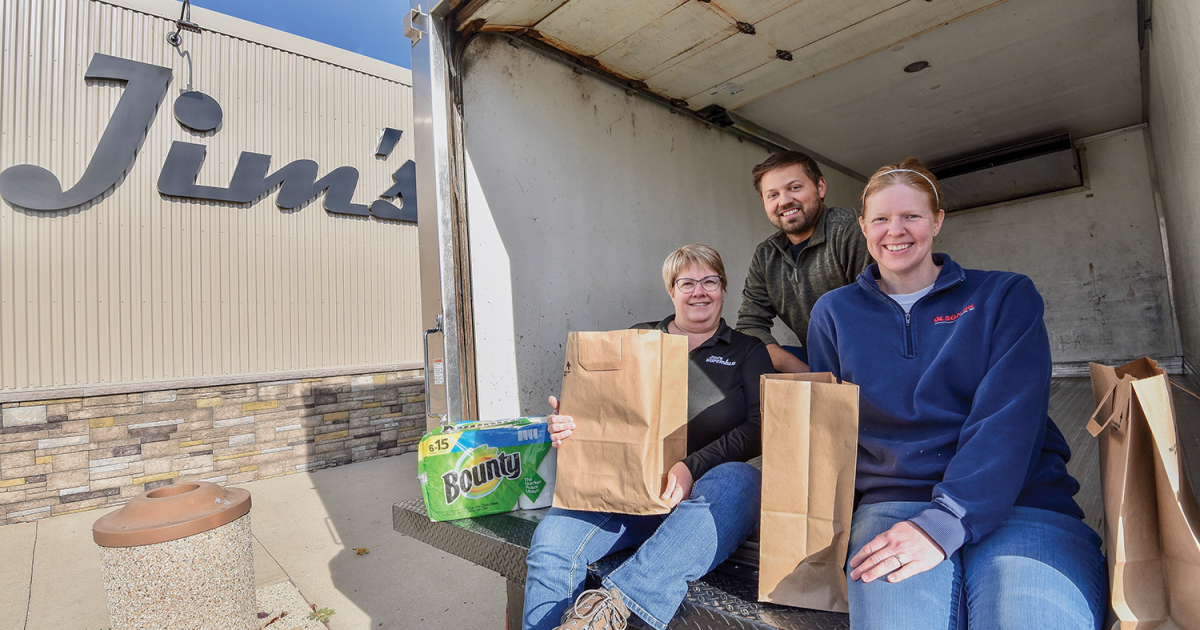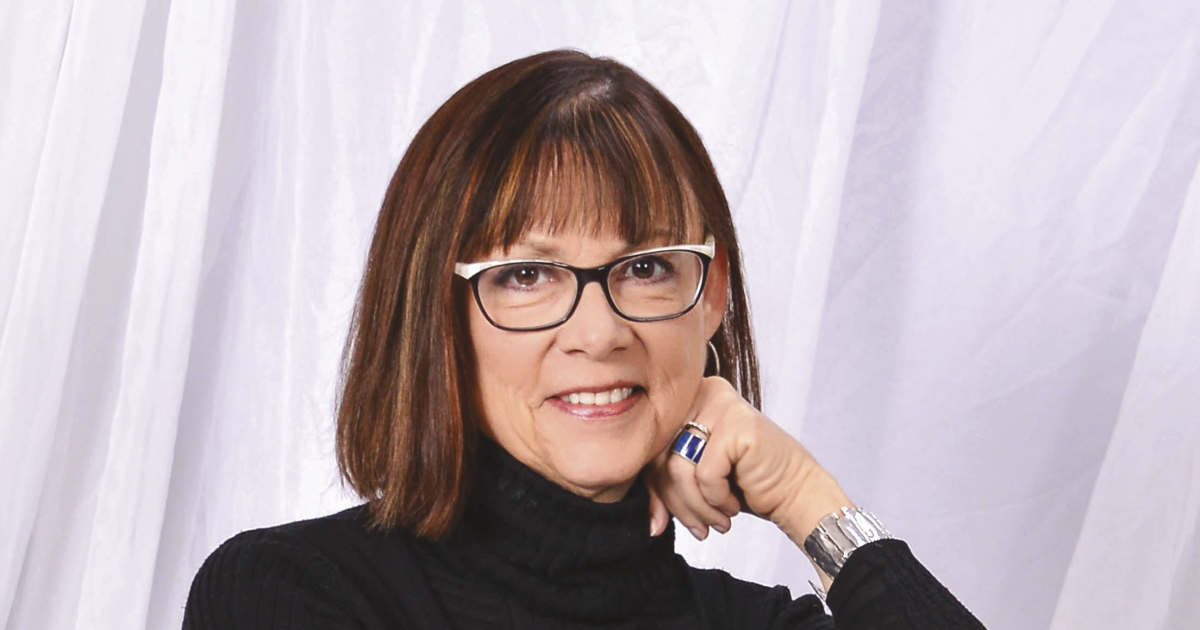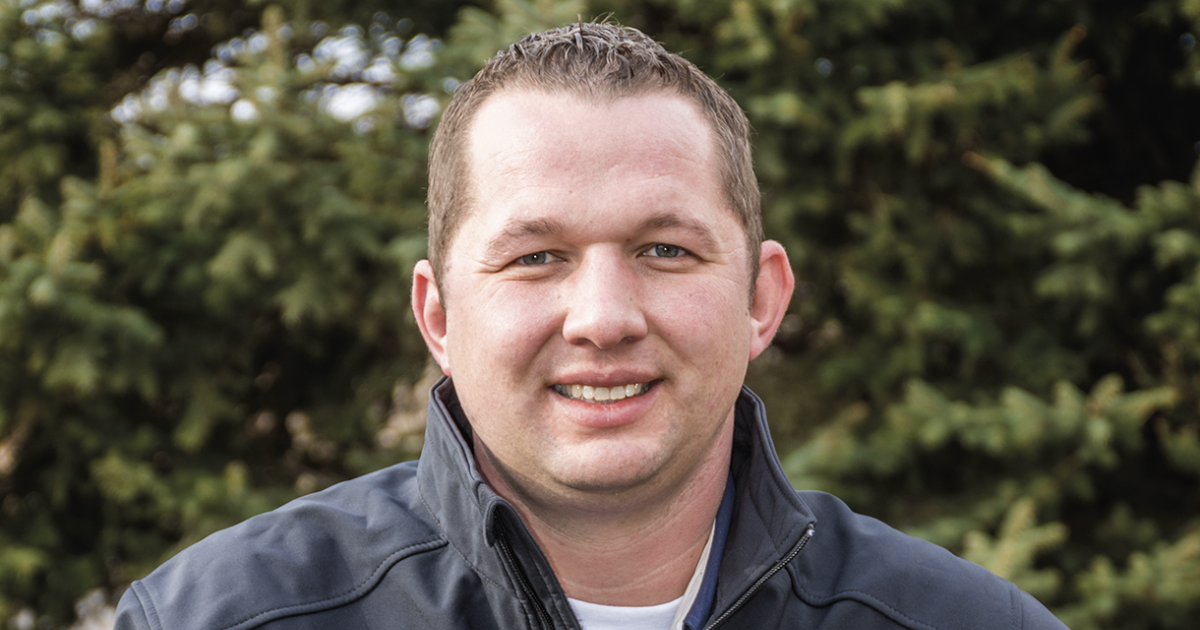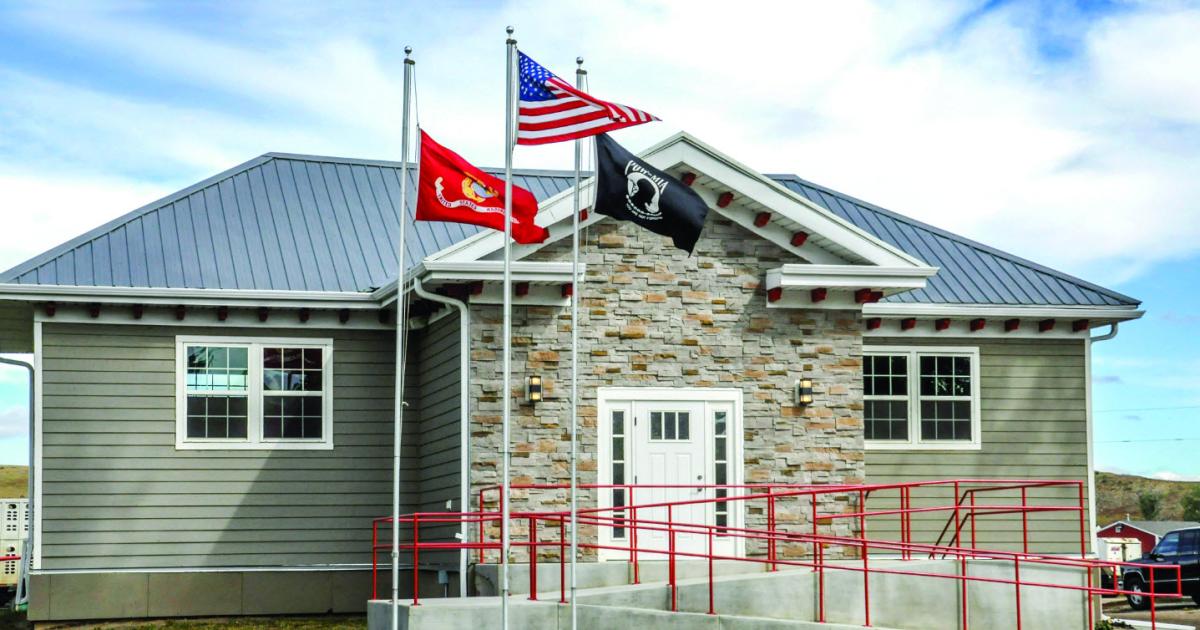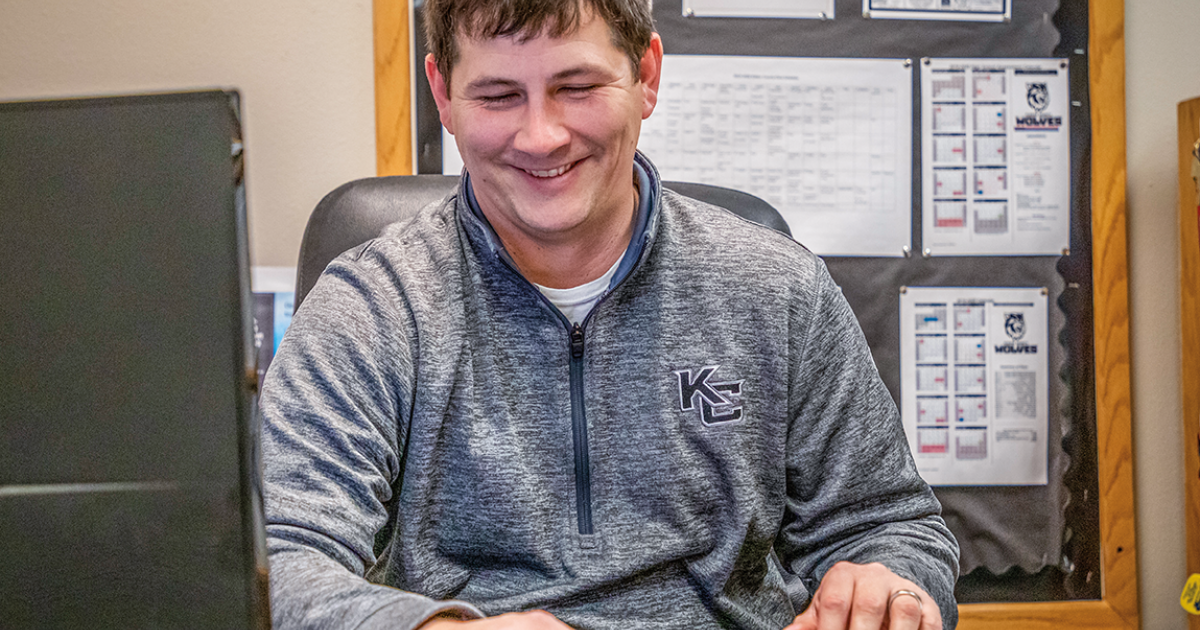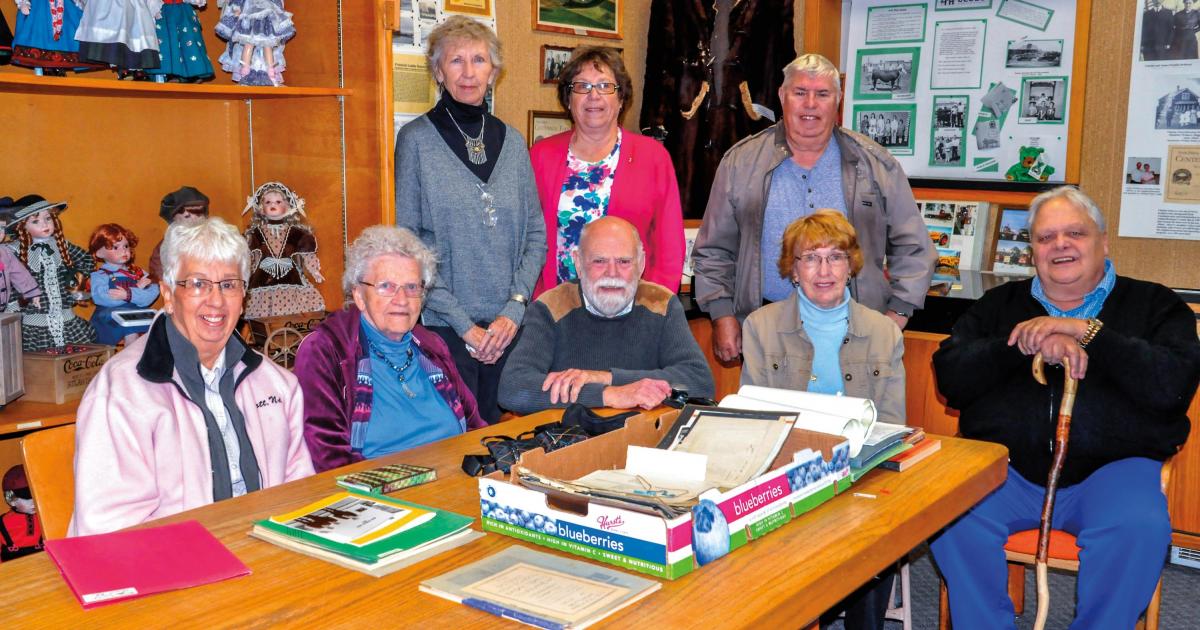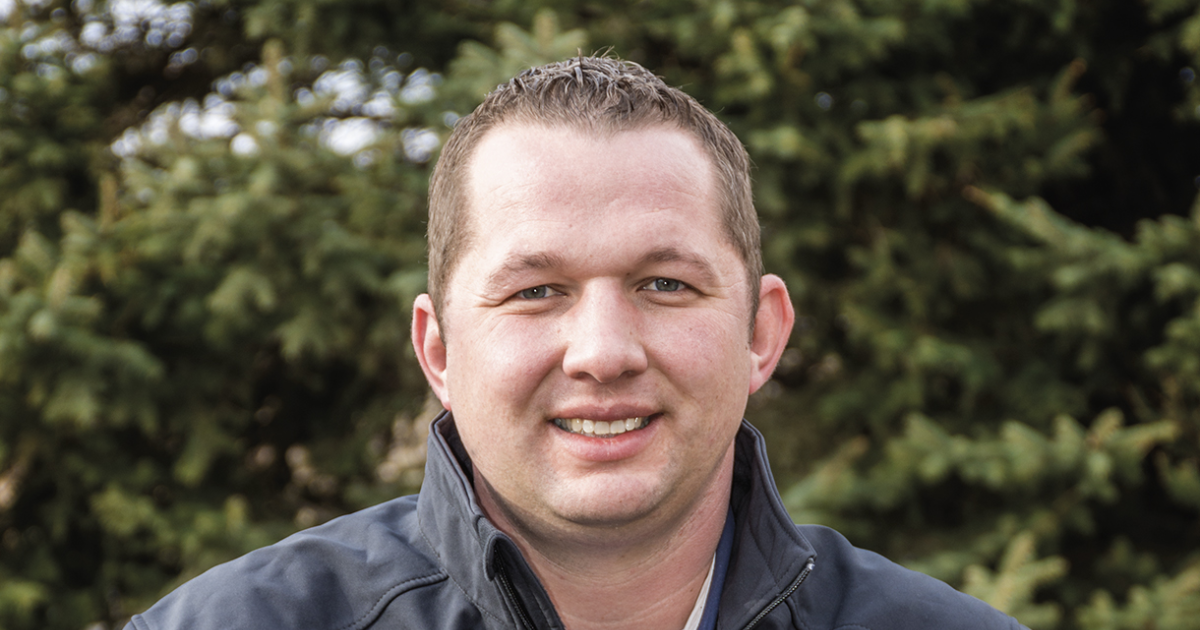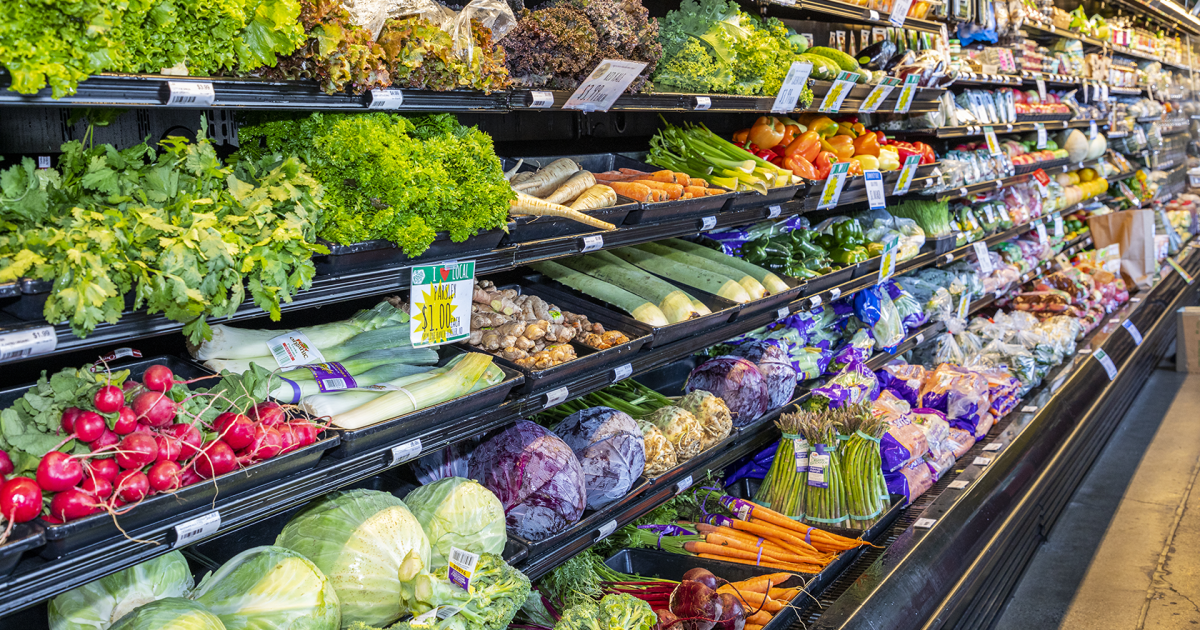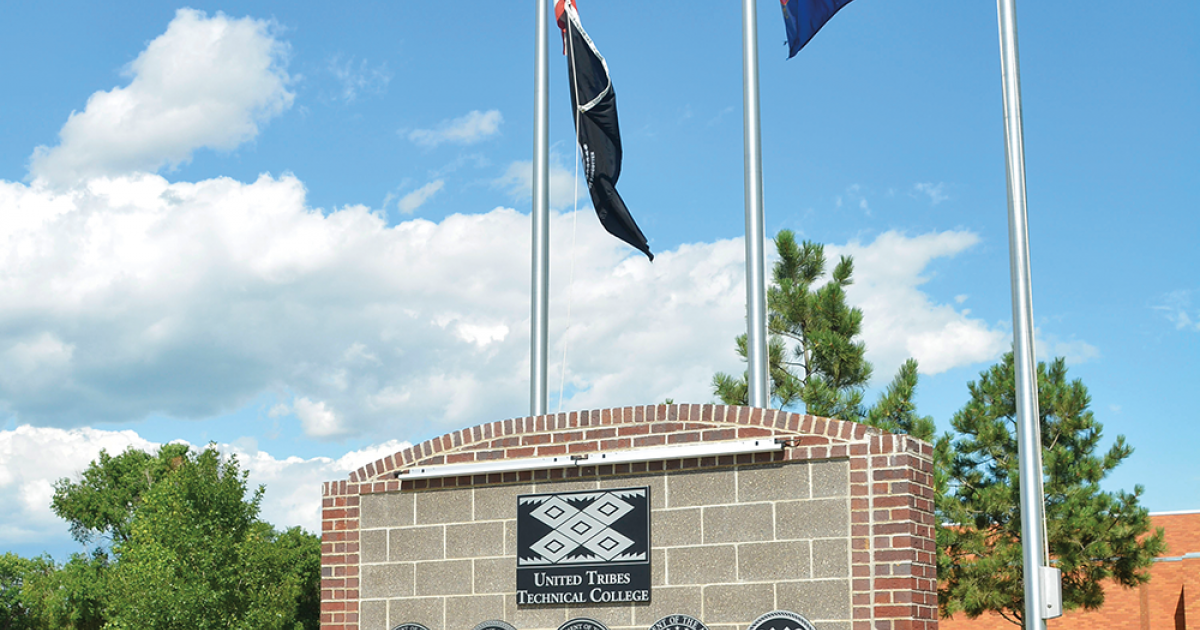A cooperative approach to food access
Rural Access Distribution (RAD) Cooperative officers, from left, Diana Hahn, vice president, Jim’s SuperValu in Park River; Alex Bata, president, Adams Community Development Corporation; and Jenna Gullickson, secretary/treasurer, Hoople Grocery, sit in the truck purchased by the co-op, which will deliver groceries and products from the redistribution hub, Jim’s SuperValu in Park River, to grocery stores in Hoople and Edinburg and climate-controlled grocery lockers in Adams and Fordville. PHOTO COURTESY LARRY BIRL/1 MORE PHOTO
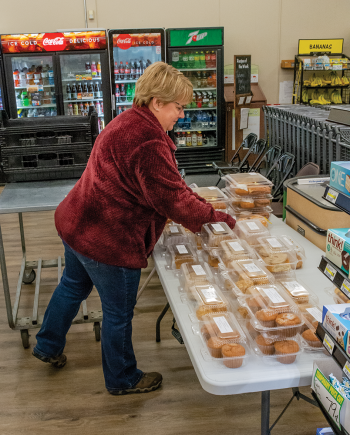
Photos by NDAREC/Cally Peterson
 North Dakota experienced a 20% decline in the number of rural grocery stores during the five years preceding the COVID-19 pandemic. Only 98 grocery stores remain in N.D. towns with fewer than 2,100 people. And with 67% of the state’s counties designated frontier – six or less people per square mile – North Dakota looks like one large food desert.
North Dakota experienced a 20% decline in the number of rural grocery stores during the five years preceding the COVID-19 pandemic. Only 98 grocery stores remain in N.D. towns with fewer than 2,100 people. And with 67% of the state’s counties designated frontier – six or less people per square mile – North Dakota looks like one large food desert.
A rural food desert, according to the U.S. Department of Agriculture (USDA), is an area where people must drive 10 miles or more to access a full-service grocery store.
While the pandemic may have pushed “pause” temporarily on such troubling food access trends in the state, as more people turned to local stores, pre-pandemic problems persist.
Lori Capouch, who leads the N.D. Rural Grocery Initiative as rural development director for the N.D. Association of Rural Electric Cooperatives, has been studying the rural food distribution system for nearly a decade. When asked if the current system is capable of serving rural places effectively, Capouch doesn’t hesitate.
“No, I don’t believe it is,” she says. “The current system evolved over the years and increasingly favors large volumes. The wholesale price stores pay for product is based on how much you can buy.”
Customers see this reflected in the price they pay at the store. Shoppers will often see higher prices for goods in rural stores compared to the same items in bigger cities, because large retailers and urban centers receive better wholesale prices.
Diana Hahn, who owns and operates Jim’s SuperValu in Park River with her husband, Randy, can vouch for these geographic or volume-based price disparities.
“What (food distribution) companies are charging a (big box store) or even a bigger grocery chain versus what they charge me, versus what they’re charging a small town, it’s all different. There are no equities in this whatsoever,” she says. In fairness, she understands why distribution and transportation costs are higher for rural stores with small volumes. “But then, there’s got to be a better way to work the system.”
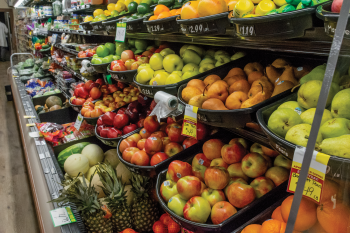
Photos by NDAREC/Cally Peterson
With Capouch’s help, Diana and a motivated group of locals committed to their communities are testing a new, innovative pilot project using a model that’s proven effective at serving rural areas. The Rural Access Distribution (RAD) Cooperative is a shared services cooperative, or redistribution hub, comprised of three grocery stores, one bar and restaurant and a community development organization from five communities in northeastern North Dakota – Park River, Hoople, Edinburg, Adams and Fordville. It is the first-known rural food access and distribution co-op, and, if successful, could be replicated in other rural areas.
A BETTER WAY
In April, the RAD Cooperative incorporated with three primary goals:
Cooperative purchasing. Grocery stores in Park River, Hoople and Edinburg will cooperatively purchase products to increase volume and reduce wholesale price, ultimately improving affordability, variety and quality. The supplier will deliver to the Park River store, where items will be sorted and delivered to the Hoople and Edinburg stores the same day, using a delivery truck purchased by the cooperative.
Implement an online shopping platform. Customers will have the ability to purchase their groceries through an online ordering system. Orders will then be filled by the participating grocery store and picked up by the customer. Much like online purchasing platforms offered by large retailers or grocery stores, this will offer rural residents convenience and be inclusive for participating small-town grocers, who alone could not afford the online shopping software.
Bring food access to towns with none. Climate-controlled grocery locker systems will be installed in communities without grocery stores, Adams and Fordville. Using the cooperative’s online shopping platform, customers can order groceries through the Park River store and have them delivered to climate-controlled grocery lockers in their community.
In Fordville, for example, the bar and restaurant, Wells Drinking Well, will house the locker system. When a customer’s groceries are delivered to the establishment, he/she will receive a text or email notification and a code. At Wells Drinking Well, the customer will enter the code into a kiosk, which will open the assigned locker(s) for 15 minutes while the customer retrieves the items.
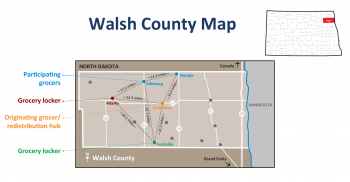
The same year Steven Wells, owner of Wells Drinking Well, moved to Fordville from Arizona, the grocery store closed there. When he was approached with the idea of a redistribution hub, he thought it was a great idea.
“Once this opportunity came up, I just thought it was a great idea to help the community,” he says.
Others on the RAD Cooperative board say the same, echoing the seventh cooperative principle, concern for community. The purpose of the cooperative is not to make money; it intends to operate at breakeven – using the savings to reduce retail prices and benefit the bottom line of the local grocery stores. Ultimately, the cooperative hopes to improve access to healthy foods in Walsh County and bolster the sustainability of the region’s rural grocery stores.
“This is a great opportunity for our small communities. Not every community is large enough to have a full-service grocery store, so even if there’s only a small convenience store in your town, this model could work in your community,” Diana says.
WATCHING AND HOPING
Over the next couple months, the cooperative will focus on the online ordering system, while waiting for the climate-controlled grocery lockers to be delivered. Shipping delays at the nation’s ports have pushed back delivery of the lockers.
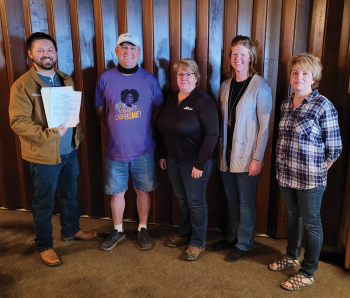
PHOTO COURTESY RAD COOPERATIVE
“I think it’s going to be very seamless once it’s up and running,” Diana says. “It’s been a long work in progress. It’s been a lot of meetings, a lot of wondering if we’re doing the right thing, if it’s going to cash flow. We’ve done some studies on it, but we all know those aren’t proven until you start doing it.”
But the potential benefits to the residents of Walsh County and the communities of Adams, Edinburg, Fordville, Hoople and Park River far outweigh the consequences of not doing anything.
“A lot of people are watching this, hoping that this can be replicated in other parts of the country where there are food deserts, not just North Dakota,” Diana says. “We all know what is going to happen to our small towns. I think this is a great possibility to keep our rural areas going.”
All eyes are locked on this RAD rural idea.
Cally Peterson is editor of North Dakota Living. She can be reached at cpeterson@ndarec.com.


